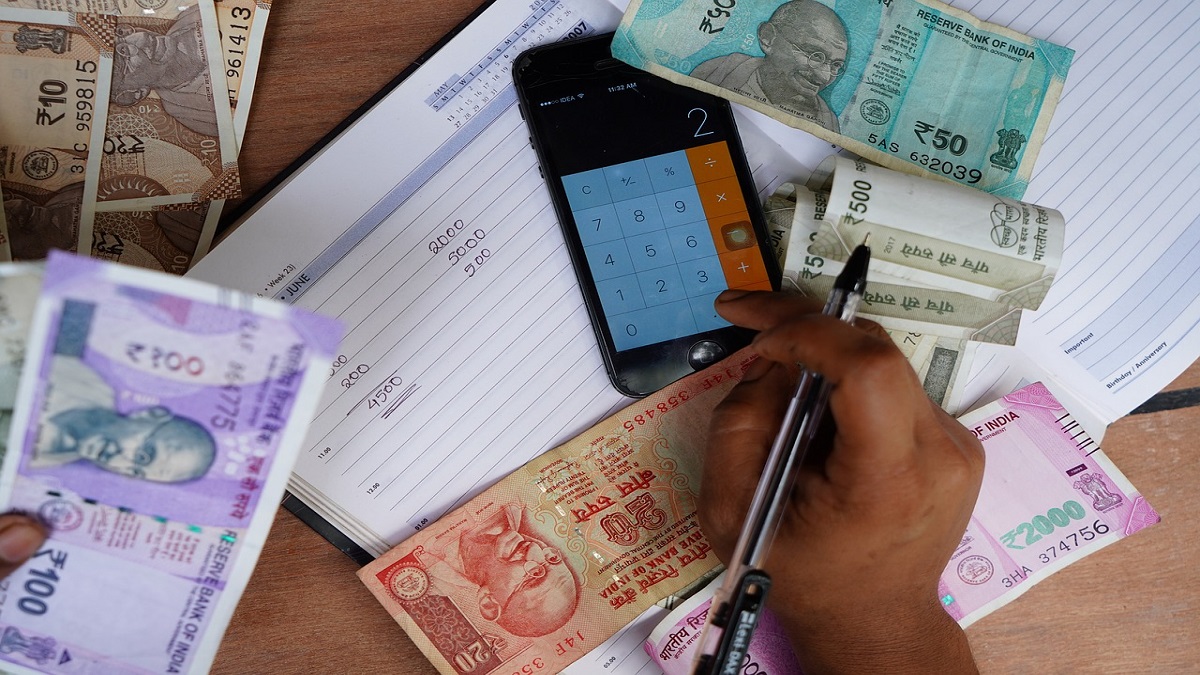
Credit and finance for MSMEs: “While the CGTMSE portfolio has a 56 per cent initial recovery rate, low portfolio delinquency, and low capital requirement, the scheme still remains unpopular,” said Ghosh in the report by SBI’s Economic Research Department.
Credit and finance for MSMEs: The country’s largest State Bank of India (SBI) in a research report on the MSME sector has suggested changes in the government’s loan guarantee scheme Credit Guarantee Fund Trust for Micro and Small Enterprises (CGTMSE) citing “complexities” in enabling higher credit flow to small borrowers. According to the report authored by SBI’s Group Chief Economic Adviser Soumya Kanti Ghosh, the top recommendation was the reduction or phase-out of the annual guarantee or service fee to 0.50 per cent of the loan amount across all slabs and making CGTMSE coverage mandatory for all SME loans up to Rs 2 crore.
Importantly, CGTMSE through a circular on November 30, 2022, had reduced the guarantee fee by 10 per cent. For loans up to Rs 10 lakh, the fee was reduced from 0.75 per cent across all activity including trading to 0.68 per cent. Likewise, for Rs 10 lakh to Rs 50 lakh loans, the fee was dropped from 1.10 per cent standard rate to 0.99 per cent while for loans ranging from Rs 50 lakh to Rs 2 crore, the fee dropped from 1.20 per cent to 1.08 per cent.
The report also sought to abolish the tiered risk premium being charged to individual member lending institutions (MLIs) including banks and NBFCs based on specific portfolio delinquency levels (but borne by enterprises) which might have been a “major deterrent in sufficient penetration of scheme in two decades.”
Other suggestions included allocating annual targets to financial institutions to mandatorily cover a sufficient percentage of new loans under the scheme and increasing the maximum loan amount for coverage under CGTMSE from Rs 2 crore to Rs 5 crore for all activities under manufacturing, services and trade sector.
Email to Ghosh seeking comments for this story didn’t elicit a response by the time of publishing this story.
Ghosh said the complexities of the CGTMSE scheme need simplification and overhaul for perking up credit flow to the MSME sector. According to him, nearly around 10 per cent of the eligible SME loans covered at present under CGTMSE are collateral-free while the rest around 90 per cent of loans in the banking system are collateral-backed.
Also read: FE Exclusive: Udyam registration to be mandatory for MSMEs seeking credit guarantee cover under CGTMSE
This may be due to a multitude of issues such as higher premium outflows borne by enterprises, opportunity cost vis-à-vis deploying existing collateral, the non-digital nature of CGTMSE, the comfort of operating functionaries in granting asset-backed loans of bigger ticket size etc., he noted.
“Offline applications should be banned to boost CGTMSE growth. On the other hand, much like the credit guarantee scheme for startups which provides collateral-free loan up to Rs 10 crore, for MSEs also it should be Rs 10 crore instead of the suggested Rs 5 crore by SBI. Moreover, the guarantee fee charged should be zero as the guarantee cover is already an insurance cover by the government,” Mukesh Mohan Gupta, President at MSME body CIMSME told FE Aspire.
Citing the latest available data, the report also highlighted that while the year-wise guarantee cover provided by CGTMSE has been increasing substantially, but cumulatively, the ticket size of guaranteed loans by CGTMSE is still abysmally small at close to Rs 8 lakh only. The guarantee cover had increased year-on-year from Rs 19,066 crore in FY18 to Rs 45,851 crore in FY20 and Rs 56,172 crore in FY22.
Moreover, while the CGTMSE portfolio has a 56 per cent initial recovery rate, low portfolio delinquency, and low capital requirement, the scheme still remains unpopular, said Ghosh. In contrast, the non-CGTMSE portfolio, which has only around 25 per cent recovery rate, high portfolio delinquency, high capital requirement, is still a popular portfolio.
Among other suggestions made to boost credit flow to MSEs under the CGTMSE scheme were:
Guarantee coverage for the units having women promoters to be increased to 100 per cent to give a fillip to women entrepreneurship.
Increase in claims settlement to the extent of 10x of the guarantee fee paid by banks from the current 2x.
Reducing the lock-in period to 12 months for lenders from the current 18 months to instil confidence in sanctioning credit.
Enabling a complete end-to-end digital platform to ensure real-time sanction, disbursement and claim settlement for the guaranteed portfolio.
Developing a new model to cover loans based on cash flows instead of the balance sheet method.